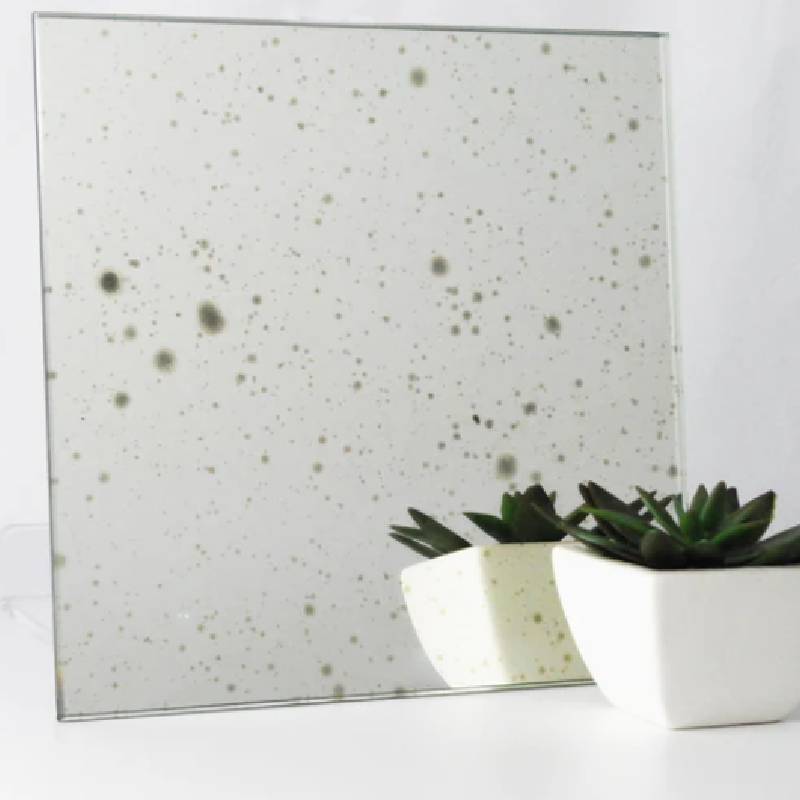Exploring the Types of Decorative Glass
Decorative glass has been a cherished element in architecture and interior design for centuries. Its versatility, durability, and aesthetic appeal make it a favored choice among designers and homeowners alike. The myriad types of decorative glass available can enhance spaces, create ambience, and include artworks in their own right. This article explores some popular types of decorative glass, highlighting their unique characteristics and applications.
1. Stained Glass
Stained glass is perhaps the most traditional form of decorative glass, renowned for its vibrant colors and intricate designs. Commonly seen in churches and historic buildings, stained glass panels can also be used in residential settings to create focal points. The process involves adding metal oxide pigments to glass, which are then fused in a kiln. Modern stained glass can range from classical designs to contemporary abstract works, offering endless possibilities for personalization.
2. Etched Glass
Etched glass involves a technique where a design is carved into the surface of the glass, creating a frosted appearance. This type of decorative glass is often used for privacy in homes and offices without sacrificing light. Common applications include shower doors, windows, and room dividers. Etched glass can be customized with patterns and images, providing an elegant solution to separation while maintaining a feeling of openness.
3. Frosted Glass
Frosted glass is created by sandblasting or acid etching clear glass to create a translucent surface. This type of glass diffuses light while offering privacy, making it ideal for bathroom windows, office partitions, and doors. Frosted glass adds a modern touch to any space and enhances the perception of depth and light, making it a popular choice in contemporary design.
types of decorative glass
4. Colored Glass
Colored glass is a versatile medium that can be used in various decorative applications. Available in a spectrum of hues, it is often used in mosaics, sculpture, lighting fixtures, and furniture. Colored glass can be mouth-blown or produced in sheets, creating different textures and intensities. Incorporating colored glass into a design can add vibrancy and character to any environment.
5. Leaded Glass
Leaded glass is a decorative element in which pieces of glass are held together with lead came. Commonly found in windows and doors, this type of glass combines artistic expression with structural integrity. Leaded glass can feature intricate designs and can be painted or stained to create stunning effects. It is especially popular in traditional and historic architecture.
6. Laminated Glass
Laminated glass comprises two or more sheets of glass bonded together with an interlayer. This type of glass is used not only for its safety features but also for its decorative qualities. With the ability to incorporate graphics, images, or textures between the layers, laminated glass can serve both functional and aesthetic purposes in residential and commercial spaces.
Conclusion
Decorative glass plays a significant role in enhancing the visual appeal of interiors and exteriors. From the timeless elegance of stained glass to the modern sophistication of frosted and laminated options, there is a wide variety of types to suit different tastes and needs. Whether used as a focal point or as a subtle enhancement, decorative glass brings beauty, light, and a touch of artistry to our surroundings. By understanding these various types, designers and homeowners can make informed choices that elevate their spaces into realms of creativity and elegance.
 Afrikaans
Afrikaans  Albanian
Albanian  Amharic
Amharic  Arabic
Arabic  Armenian
Armenian  Azerbaijani
Azerbaijani  Basque
Basque  Belarusian
Belarusian  Bengali
Bengali  Bosnian
Bosnian  Bulgarian
Bulgarian  Catalan
Catalan  Cebuano
Cebuano  Corsican
Corsican  Croatian
Croatian  Czech
Czech  Danish
Danish  Dutch
Dutch  English
English  Esperanto
Esperanto  Estonian
Estonian  Finnish
Finnish  French
French  Frisian
Frisian  Galician
Galician  Georgian
Georgian  German
German  Greek
Greek  Gujarati
Gujarati  Haitian Creole
Haitian Creole  hausa
hausa  hawaiian
hawaiian  Hebrew
Hebrew  Hindi
Hindi  Miao
Miao  Hungarian
Hungarian  Icelandic
Icelandic  igbo
igbo  Indonesian
Indonesian  irish
irish  Italian
Italian  Japanese
Japanese  Javanese
Javanese  Kannada
Kannada  kazakh
kazakh  Khmer
Khmer  Rwandese
Rwandese  Korean
Korean  Kurdish
Kurdish  Kyrgyz
Kyrgyz  Lao
Lao  Latin
Latin  Latvian
Latvian  Lithuanian
Lithuanian  Luxembourgish
Luxembourgish  Macedonian
Macedonian  Malgashi
Malgashi  Malay
Malay  Malayalam
Malayalam  Maltese
Maltese  Maori
Maori  Marathi
Marathi  Mongolian
Mongolian  Myanmar
Myanmar  Nepali
Nepali  Norwegian
Norwegian  Norwegian
Norwegian  Occitan
Occitan  Pashto
Pashto  Persian
Persian  Polish
Polish  Portuguese
Portuguese  Punjabi
Punjabi  Romanian
Romanian  Russian
Russian  Samoan
Samoan  Scottish Gaelic
Scottish Gaelic  Serbian
Serbian  Sesotho
Sesotho  Shona
Shona  Sindhi
Sindhi  Sinhala
Sinhala  Slovak
Slovak  Slovenian
Slovenian  Somali
Somali  Spanish
Spanish  Sundanese
Sundanese  Swahili
Swahili  Swedish
Swedish  Tagalog
Tagalog  Tajik
Tajik  Tamil
Tamil  Tatar
Tatar  Telugu
Telugu  Thai
Thai  Turkish
Turkish  Turkmen
Turkmen  Ukrainian
Ukrainian  Urdu
Urdu  Uighur
Uighur  Uzbek
Uzbek  Vietnamese
Vietnamese  Welsh
Welsh  Bantu
Bantu  Yiddish
Yiddish  Yoruba
Yoruba  Zulu
Zulu 

